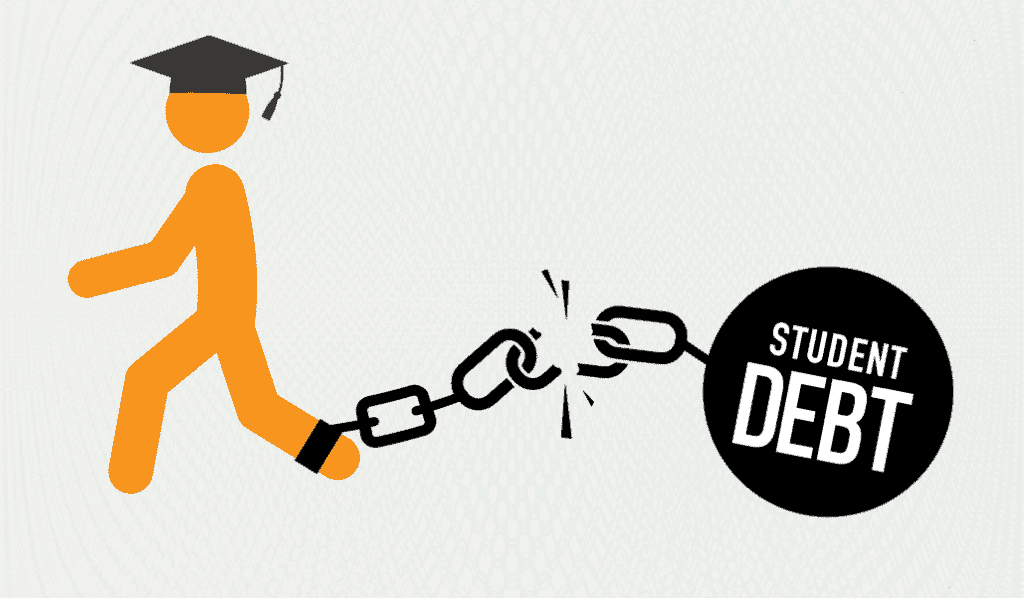This groundbreaking initiative is poised to become the most benevolent repayment plan to date, promising significant relief for an estimated 20 million borrowers grappling with student debt.

The highly anticipated Saving on a Valuable Education (SAVE) plan has been officially unveiled, presenting a revolutionary income-driven repayment (IDR) alternative for federal student loan recipients
The core essence of the Saving on a Valuable Education (SAVE) plan centers around four pivotal objectives, and it’s crucial to comprehend the steps needed to seize this opportunity. Undoubtedly, for the vast majority of federal student loan borrowers, the focal point revolves around reducing their monthly financial commitments. The Saving on a Valuable Education (SAVE) plan achieves this in two key ways: Primarily, the portion of discretionary income obligated towards undergraduate loans is halved, plummeting from 10% to an encouraging 5%, as compared to prevailing income-driven plans. Additionally, the concept of discretionary income is broadened from 150% to 225% of the federal poverty threshold, effectively excluding a more substantial chunk of income from consideration.
A noteworthy outcome of this expanded definition is that over a million borrowers will witness their mandatory loan payments dwindle to zero. Through the combined synergy of these two changes, the majority of borrowers are poised to save a remarkable $1,000 or more annually on their student loan obligations. As an illustrative instance, a lone borrower earning $38,000 per annum, with $25,000 in outstanding undergraduate loans, will see their compulsory monthly payment dwindle from $134 to a mere $43 under the novel Saving on a Valuable Education (SAVE) plan.
This transformative measure addresses a significant issue faced by countless students, the gradual ballooning of debt due to accumulating interest
Unlike prior IDR schemes where unpaid interest was added to the principal, the Saving on a Valuable Education (SAVE) plan definitively resolves this matter. Participants in the plan, regardless of their payment amount (even if it is $0), will not witness an escalation in their balance over time. Mirroring established IDR strategies, the Saving on a Valuable Education (SAVE) plan extends debt forgiveness after 20 years for undergraduate borrowers and 25 years for those with graduate loans.
Furthermore, the Saving on a Valuable Education (SAVE) plan accelerates debt relief, wiping out remaining balances after just 10 years for those who initially borrowed $12,000 or less. For each additional $1,000 above this threshold, an extra year is subtracted from the repayment period. To enhance accessibility, the plan streamlines the annual recertification process. Participants are granted the option of automatic annual recertification, facilitated by securely sharing tax data from the IRS. A vital distinction is that numerous student loan borrowers will be automatically enrolled in the Saving on a Valuable Education (SAVE) plan, particularly those previously under the REPAYE scheme, as the Saving on a Valuable Education (SAVE) plan takes over as the official successor to REPAYE.
READ ALSO: Maryland Lottery Winner Plans Simple Adventures With $50,000 Prize




